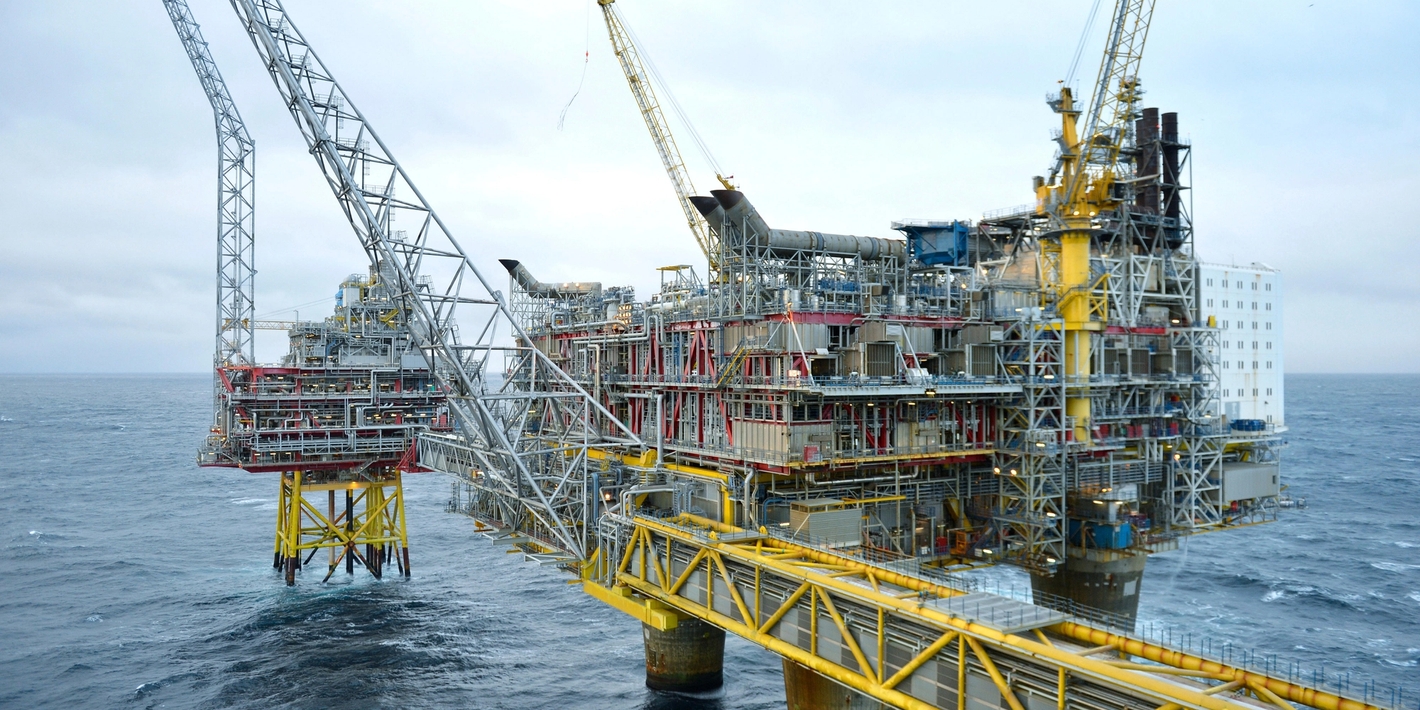Plans for increased gas extraction from Oseberg approved

The Oseberg Area Unit partners will be investing in upgrades designed to provide increased gas production and reduced CO2 emissions. The plan for the Oseberg field was approved by the Ministry of Petroleum and Energy on Thursday, 1 December.
In November 2021, Equinor submitted an amended application on behalf of the partners in the Oseberg licence for development and operation of the Oseberg-field.
The partners will be investing NOK 10 billion in infrastructure upgrades on the field.

The installation of two new compressors on the Oseberg Field Centre will make it possible to lower the process pressure on the platform.
This means a 54 percent increase in the remaining recoverable gas and oil reserves from Oseberg after 2025. Emissions from Oseberg's production will be cut through a partial electrification of the Oseberg Field Centre and Oseberg South platform.

"The production of highly sought-after gas from Oseberg can be maintained at the current high level for several years, since we'll be recovering more of the gas. At the same time, we'll be reducing CO2 emissions by about 320,000 tonnes per year. This project is going to be carried out in close cooperation with competent suppliers, and calculations show that the Norwegian content of the investments will be just over 80 percent," says Trond Bokn, Equinor's senior vice president for project management control.
Oseberg is the third largest oil field ever in Norway, but the field also contains a lot of gas. Gas exports from Oseberg have increased significantly in recent years, from annual gas exports of approx. three billion cubic metres leading up to 2018, to about eight billion cubic metres in 2022.
This reconstruction will make Oseberg Norway’s third largest gas field, after Troll and Snøhvit, measured in remaining reserves.

"This is a big step for Oseberg, going from being one of our largest oil producers to one of our most important gas producers," says Geir Sørtveit, Equinor’s senior vice president for Exploration and production West.
Oseberg is expected to produce 100 billion standard cubic metres of gas between 2022 and 2040.
The annual production will be equivalent to the volume of energy from about one quarter of all Norwegian hydropower production.
So far, Oseberg has produced about 80 percent oil and 20 percent gas in historical production. Gas production has outweighed oil production since 2021, and the gas accounts for about 80 percent of the remaining recoverable reserves.
Start-up is scheduled for 2026.
Latest news

Major contract awards to Norwegian supplier industry
Equinor awards framework agreements to seven supplier companies with a total value of around NOK 100 billion. These agreements lay the foundation for safe and competitive operations at Equinor’s offshore installations and onshore plants in the years to come.

Use of artificial intelligence saved Equinor USD 130 million in 2025
Artificial intelligence (AI) contributed to value creation and savings for Equinor and its partners amounting to USD 130 million in 2025. AI is now utilized on offshore platforms and land facilities to solve industrial tasks on a large scale in a safe, efficient, and profitable manner.

Empire to file preliminary injunction against lease suspension order
Empire Offshore Wind LLC (Empire) filed a civil suit in the U.S. District Court for the District of Columbia today 2 January 2026 challenging the U.S. Department of the Interior’s order directing a suspension to the Empire Wind project. As part of that case, Empire plans to seek a preliminary injunction and allow construction to continue while the litigation proceeds.